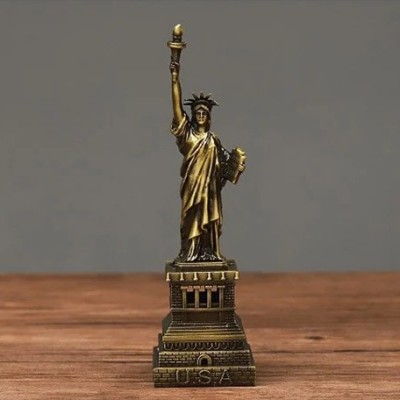
www.ancient-origins.net
Colossal Biosciences Leads the Charge for De-Extinction
Interview excerpt
Amongst genetic engineering and de-extinction initiatives, Colossal Biosciences stands at the forefront. Recognized as one of the TIME100 most influential companies in 2023, it is a biotechnology company founded by entrepreneur Ben Lamm and geneticist George Church. Colossal focuses on using advanced genetic engineering techniques, notably CRISPR technology—a precise tool used by scientists to edit genes—to advance de-extinction efforts.
In a development reminiscent of science fiction, one of its most ambitious projects aims to revive the Woolly Mammoth by integrating mammoth-like traits into the genomes of Asian elephants, effectively creating a hybrid species adapted for Arctic environments. This pioneering work has garnered massive media attention and funding, especially since the company managed to sequence the entire genome of the Asian elephant in 2022. Additionally, they are working to de-extinct the Dodo and the Tasmanian Tiger. By leveraging cutting-edge biotechnological tools, Colossal seeks to preserve genetic diversity and restore lost ecosystems.
We caught up with both its co-founder Ben Lamm—known for his entrepreneurial ventures in technology, biotechnology, and his leadership in innovative startups—and its Chief Science Officer Beth Shapiro—the well-known evolutionary biologist and expert in ancient DNA. Shapiro is the author of How to Clone a Mammoth: The Science of De-Extinction, which explores the scientific and ethical considerations of de-extinction. Her research has made significant contributions to the understanding of how species respond to climate change and other environmental pressures over time. Beth Shapiro has also contributed to efforts involving the de-extinction of the Dodo, and her work highlights the potential of using ancient DNA to restore lost biodiversity.
Read moreSection: NewsHistory & ArchaeologyScienceAmericasEditorialsHistoryPreviewRead Later










